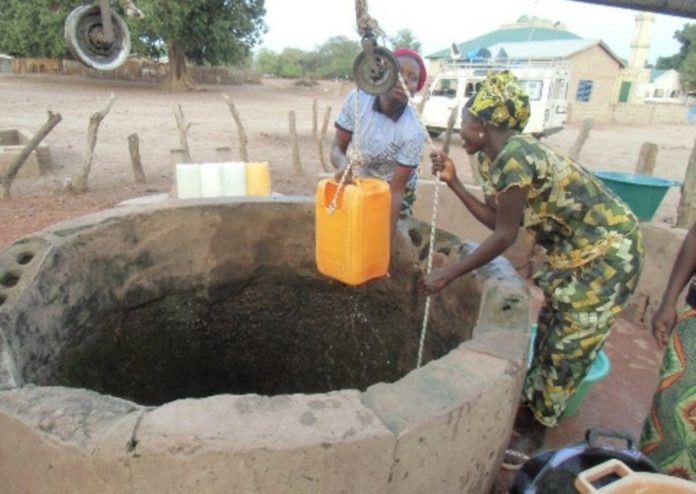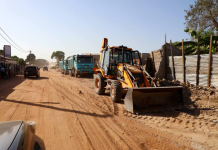Part One)
This Column is meant to monitor and report on issues that concerns people of rural communities in terms of how their development is hindered or facilitated.
Rural development is a process that aims to improve the standard of living of people in the rural communities.
According to Robert Chambers, rural development is a strategy to enables a specific group of people, poor rural women and men, gain for themselves and their children more of what they want and need.
It involves helping the poorest among those who seek a livelihood in rural communities, to demand and control more of the benefits of rural development. The group includes small scale farmers, tenants and the landless.
Thus, the term rural development may be used to imply any one of the above-mentioned connotations.
To avoid the ineffective floundering among the myriad definitions, we shall define rural development as a process leading to sustainable improvement in the quality of life of rural people, especially the poor.
According Ebrima Ceesay, rural development entails the accessibility of good road networks, safe and clean drinking water, quality education, electricity, decent housing, improved health facilities and overall, improved living standards. Ceesay said if these things are available in rural communities, one will be right to say that real and meaningful rural development is available in the country.
In part four, we highlighted the impact of the fundamentals of rural development in curbing rural urban migration. In this edition, we shall take a look at the National Development Plan (NDP) 2018 to 2021, to find out its position on the fundamentals of rural development.
ON YOUTH:
The NDP stated that poor and inadequate education continues to limit youth productivity and the acquisition of skills.
Meanwhile, the NDP went on to say that insufficient access to knowledge and information including business development services for the entrepreneurial youth, is hindering their gainful engagement.
Efforts to fight poverty have proven ineffective with poverty levels remaining unchanged in the past decade, with the percentage of households living below the poverty line of 1.25 $/day, at 48.4 per cent in 2010 and 48.65 per cent in 2015.
According to the NDP, the average GDP growth of 3 per cent per annum has barely kept up with population growth of 3.1 per cent. There is rising rural poverty and a growing gap between rural and urban Gambia, regarding access to health, education, and basic services.
While the proportion of households living below the poverty line is 31.6 per cent in urban areas, the proportion rises to 69.5 per cent for rural communities.
Rural communities account for 42.2 per cent of the country’s population, but hold 60 per cent of its poor.
Through this NDP, Government will act decisively to address poverty, particularly rural poverty, and close the growing gap in access to basic services between the predominantly urban western part of the country, and the rural poor predominantly found in the east of the country.
Government is committed to serious economic reforms. The historic transition to democracy opens up many possibilities that could spur growth and restore the country’s economic stability.
Going by the NDP, one can discover that rising rural poverty and the growing gap between rural and urban Gambia, regarding access to health, education, and basic services, and the motivating factors for rural urban migration.
How does the Government intend to address this? Read more and find out.





















